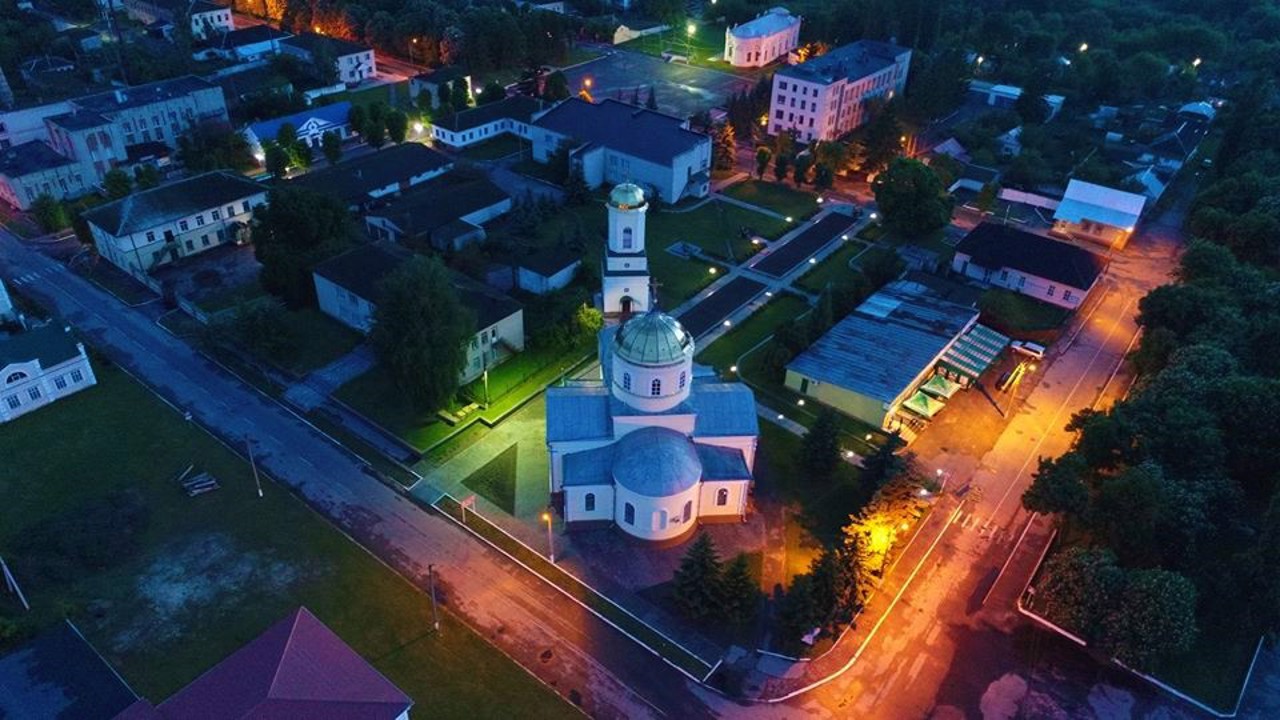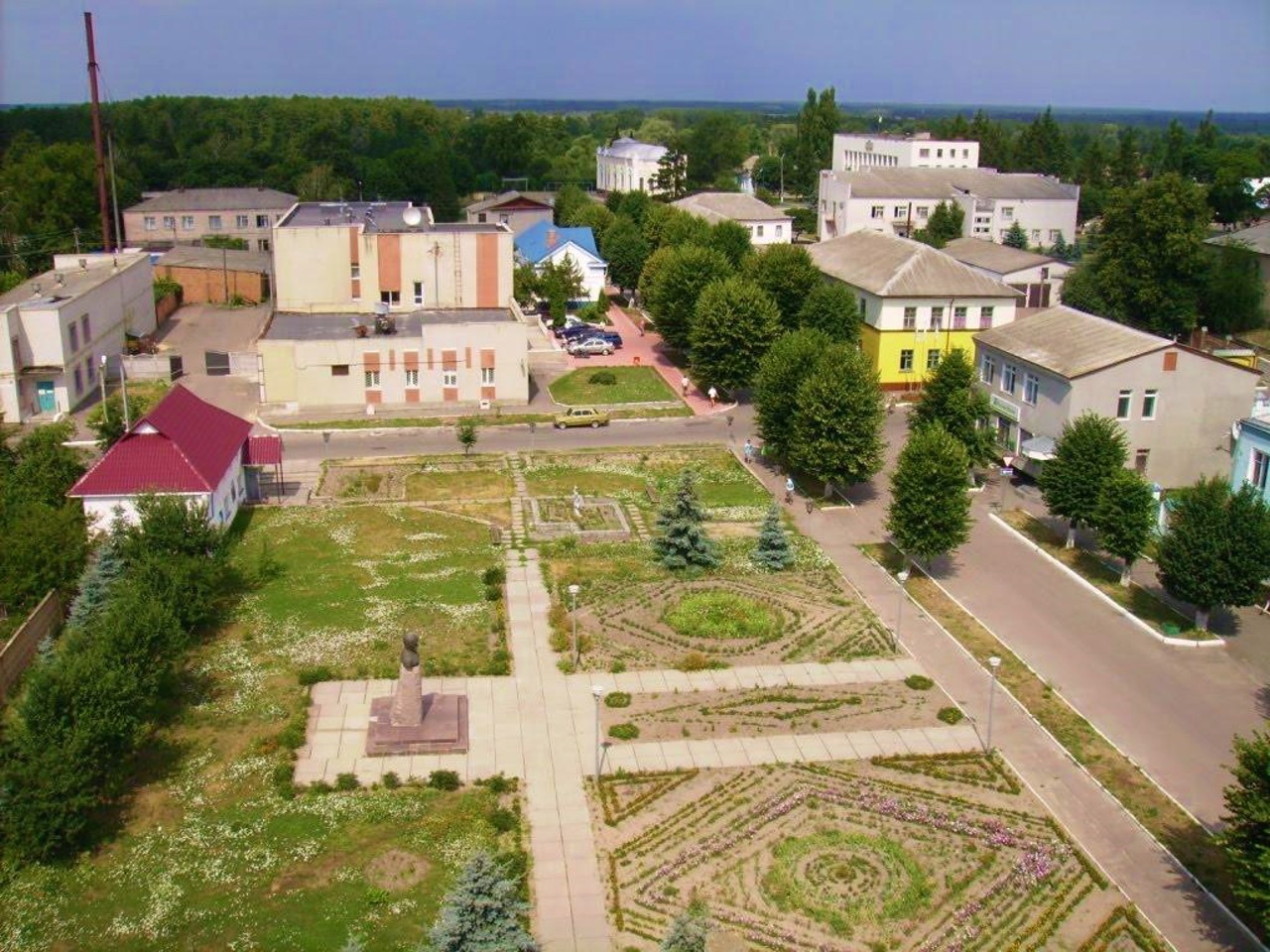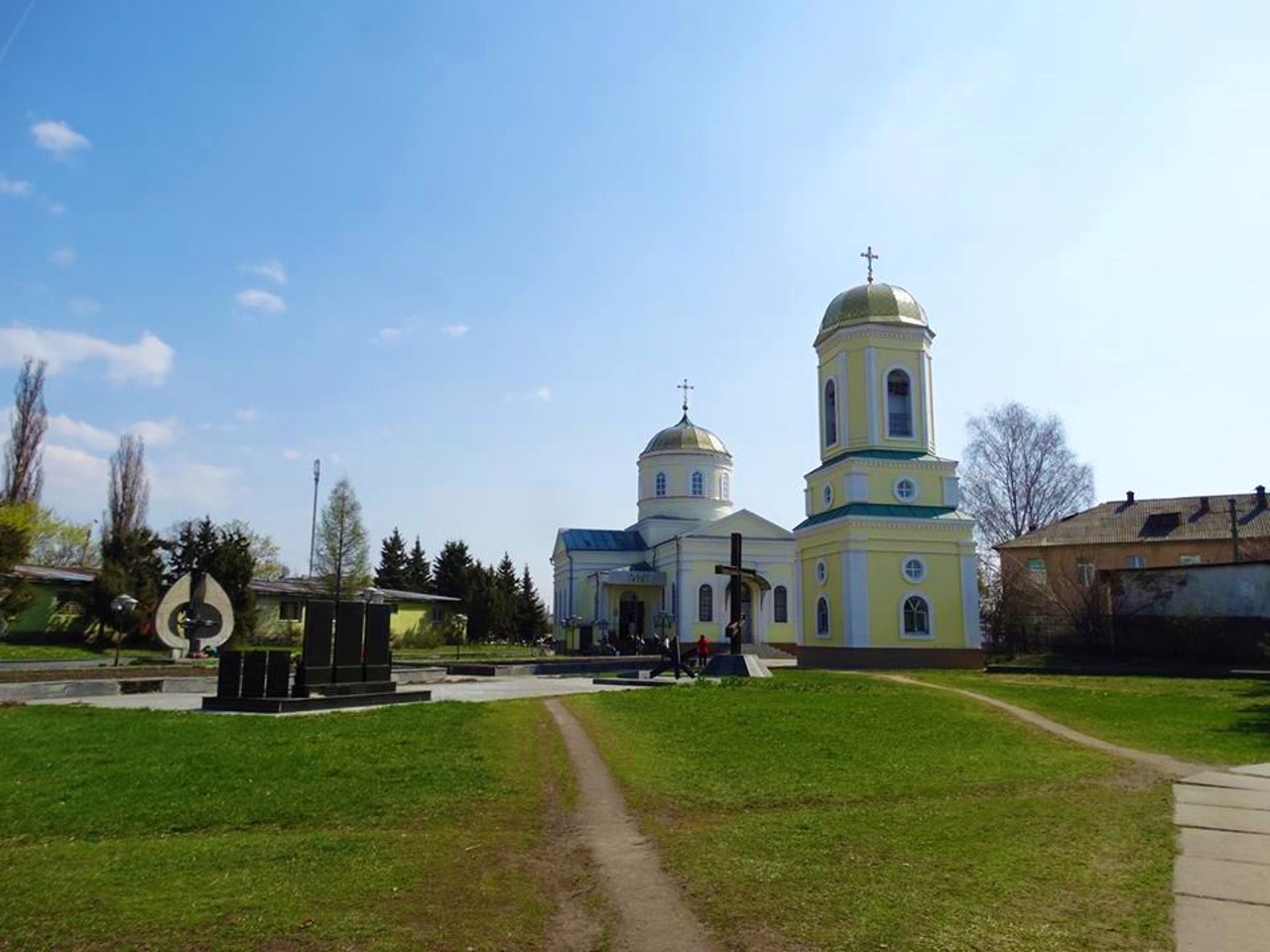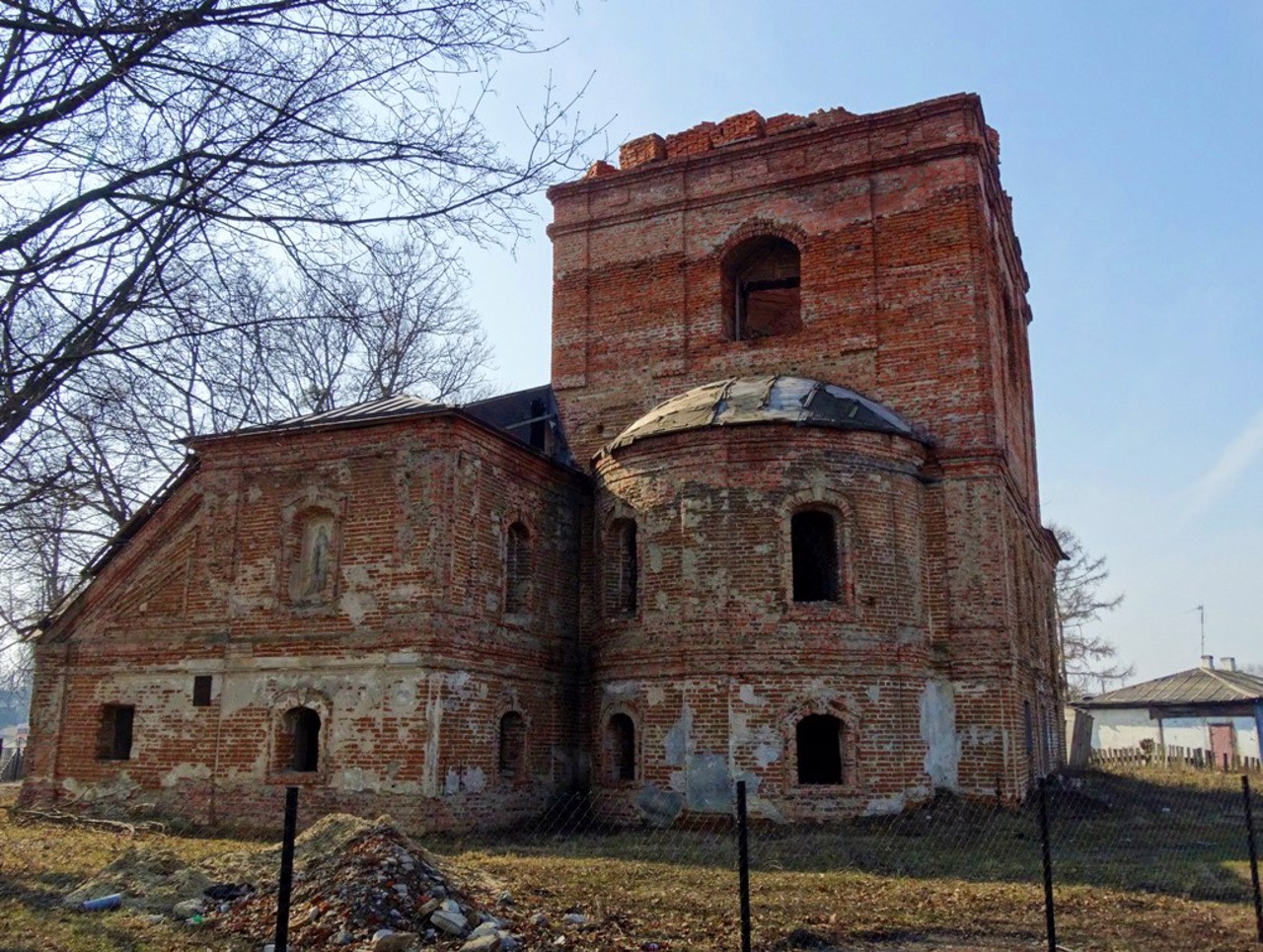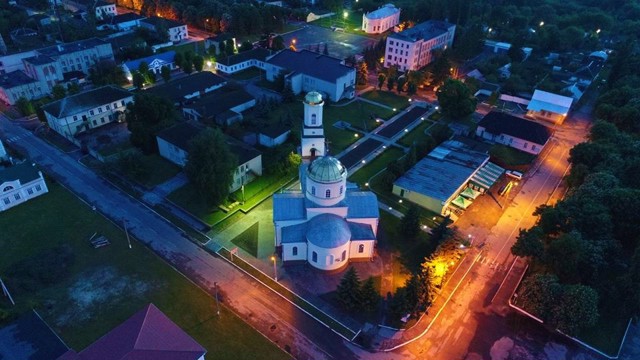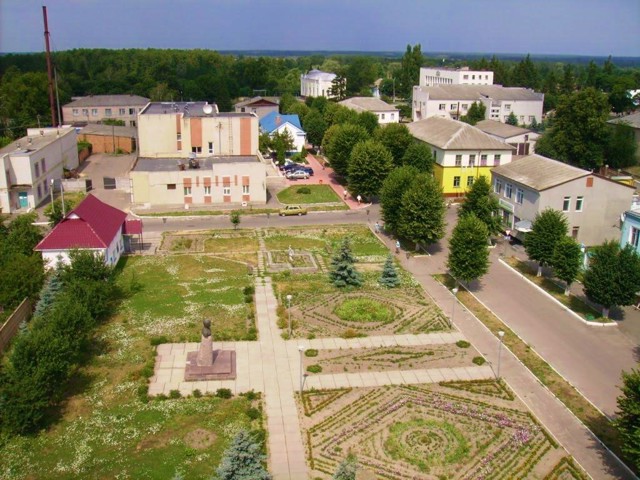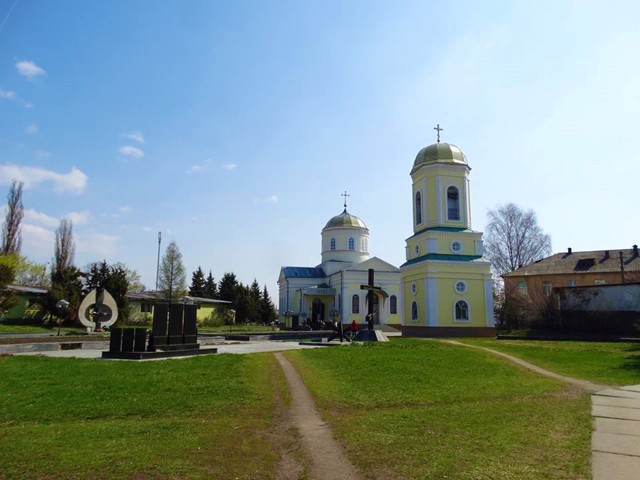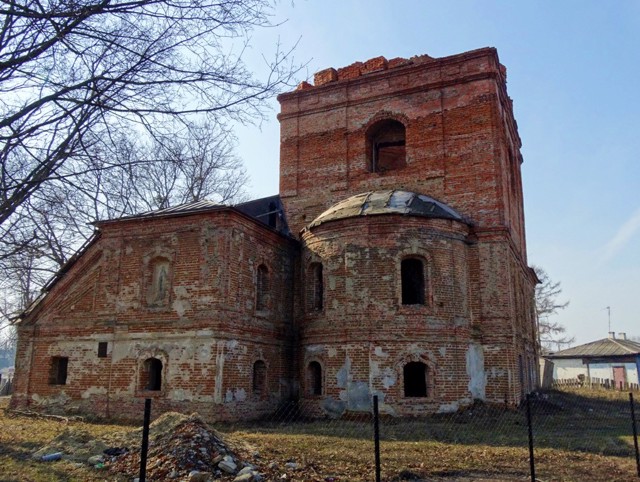Functional temporarily unavailable
General information about Korop
In the 12th and 13th centuries, the small town of Korop in Chernihiv Region was mentioned as the ancient Rus city of Horobor. It was part of Novhorod-Siverskyi, and after the Mongol invasion - Bryansk principality.
As a result of the Russo-Lithuanian War of 1500-1503, it went to Russia, in 1618 it came under the power of Poland already as the village center of Korop, and after the War of Liberation, the Korop Hundred was created, which was directly subordinated to the hetman.
In the second half of the 18th century, Korop received the Magdeburg right, several churches were built, of which the Saint Illya Church (1750-1760), which had a defensive character (half-destroyed), and the Ascension Church (1764) were preserved.
There is a museum and a monument to the revolution ...
In the 12th and 13th centuries, the small town of Korop in Chernihiv Region was mentioned as the ancient Rus city of Horobor. It was part of Novhorod-Siverskyi, and after the Mongol invasion - Bryansk principality.
As a result of the Russo-Lithuanian War of 1500-1503, it went to Russia, in 1618 it came under the power of Poland already as the village center of Korop, and after the War of Liberation, the Korop Hundred was created, which was directly subordinated to the hetman.
In the second half of the 18th century, Korop received the Magdeburg right, several churches were built, of which the Saint Illya Church (1750-1760), which had a defensive character (half-destroyed), and the Ascension Church (1764) were preserved.
There is a museum and a monument to the revolutionary-terrorist Mykola Kybalchych, who was born here, a local history museum, an archaeological museum.
Маленьке містечко Короп на Чернігівщині в XII-XIII сторіччях згадувалося як давньоруське місто Хоробор. Входило до складу Новгород-Сіверського, а після монгольської навали - Брянського князівства.
В результаті російсько-литовської війни 1500-1503 років відійшло до росії, в 1618 році потрапило під владу Польщі вже як волосний центр Короп, а після Визвольної війни була створена Коропська сотня, яка безпосередньо підпорядковувалася гетьману.
В другій половині XVIII століття Короп отримав Магдебурзьке право, було побудовано кілька храмів, з яких збереглася Іллінська церква (1750-1760 роки), що мала оборонний характер (напівзруйнована), а також Вознесенська церква (1764 рік).
Є музей і пам'ятник народженому тут революціонеру-терористові Миколі Кибальчичу, краєзнавчий му ...
Маленьке містечко Короп на Чернігівщині в XII-XIII сторіччях згадувалося як давньоруське місто Хоробор. Входило до складу Новгород-Сіверського, а після монгольської навали - Брянського князівства.
В результаті російсько-литовської війни 1500-1503 років відійшло до росії, в 1618 році потрапило під владу Польщі вже як волосний центр Короп, а після Визвольної війни була створена Коропська сотня, яка безпосередньо підпорядковувалася гетьману.
В другій половині XVIII століття Короп отримав Магдебурзьке право, було побудовано кілька храмів, з яких збереглася Іллінська церква (1750-1760 роки), що мала оборонний характер (напівзруйнована), а також Вознесенська церква (1764 рік).
Є музей і пам'ятник народженому тут революціонеру-терористові Миколі Кибальчичу, краєзнавчий музей, археологічний музей.
Сплануй своє перебування у Korop
What to see and where to go in Korop
Tourist attractions and museums of Korop
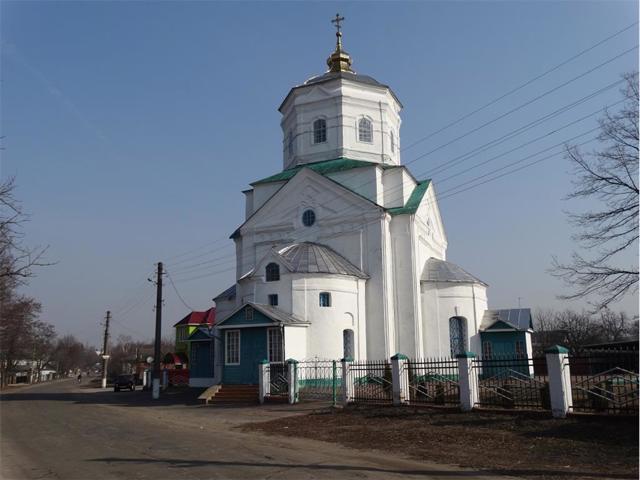
Ascension Church
Temple , Architecture
The Ascension Church was built in Korop in 1764 at the expense of the Cossack chieftain Petro Yurkevych, who commanded the artillery unit stationed in the city, the General Armata.
The temple has a tower-like shape with an octagonal drum. Inside the Ascension Church, examples of easel oil painting from the late 18th century have been preserved.
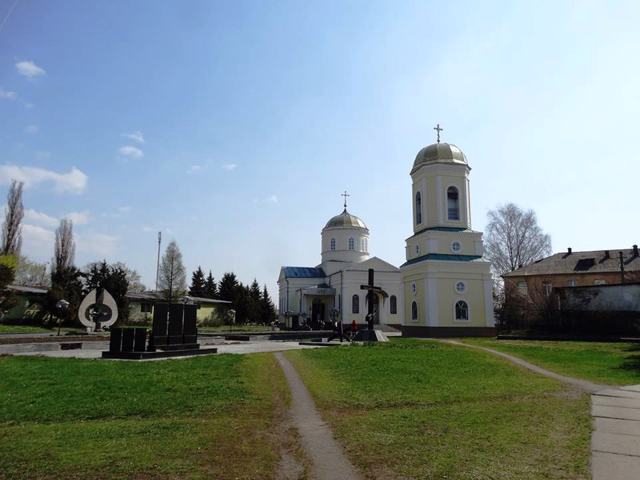
Holy Assumption Church
Temple , Architecture
The Church of the Assumption in the center of Korop was founded in 1767 (according to other sources - in 1716).
At first, the temple was made of wood. The stone Church of the Assumption of the Virgin Mary in the style of classicism was built in 1894 at the expense of the Korop burghers Yevdokym and Makar Stovptsov according to the will of their father Antip Stovptsov. The abbot of the church was Ivan Kybalchych , the father of the revolutionary terrorist Mykola Kybalchych .
Now the Holy Assumption Church is active. The relics of Saint Feofan of Rykhlivskyi (1881-1977), who became famous for prophecies and healings, are kept here. A bell tower has been erected nearby.
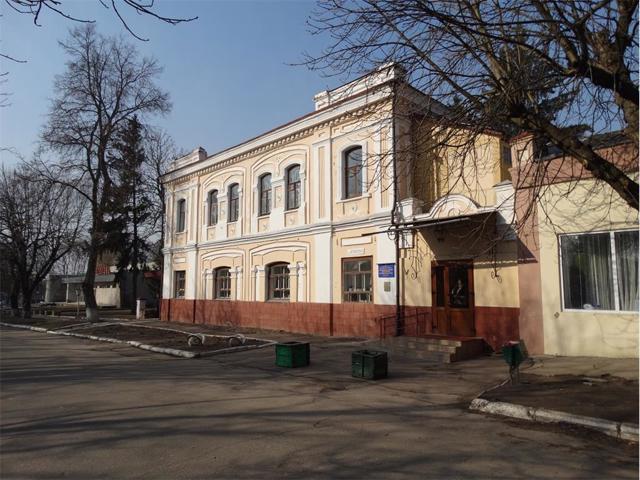
Korop Children's and Youth Creativity Center
Architecture , Museum / gallery
The Korop Center for Children's and Youth Creativity is located in the former. the house of the merchant Bohdan, who was one of the richest entrepreneurs of pre-revolutionary Korop.
Here you can see the works of the center's students, including ceramics and straw products, samples of painting.
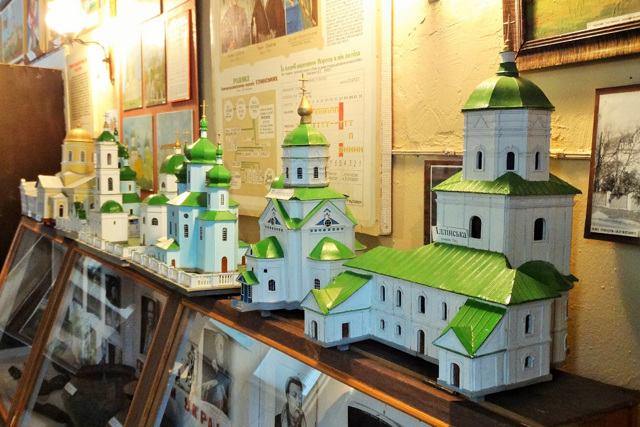
Korop Historical and Archaeological Museum
Museum / gallery , Architecture
The Korop Regional Historical and Archaeological Museum is located in the building of the former Theodosius Church, which was built in the 1880s in the pseudo-Rus style.
Under Soviet rule, the baths were removed from the temple and housed first a cinema and then a museum.
Archaeological, geological and ethnographic collections are of considerable value. In the exposition you can see finds from the Mezyn Paleolithic site, a diorama of the Radychiv settlement from the times of Kyivan Rus, samples of traditional clothes and towels.
The museum also widely presents samples of ceramic pottery and tiles of Korop region, which was known as one of the leading centers of pottery.
The architecture of the region is represented by models of all 9 churches that existed in Korop in the early XX century.
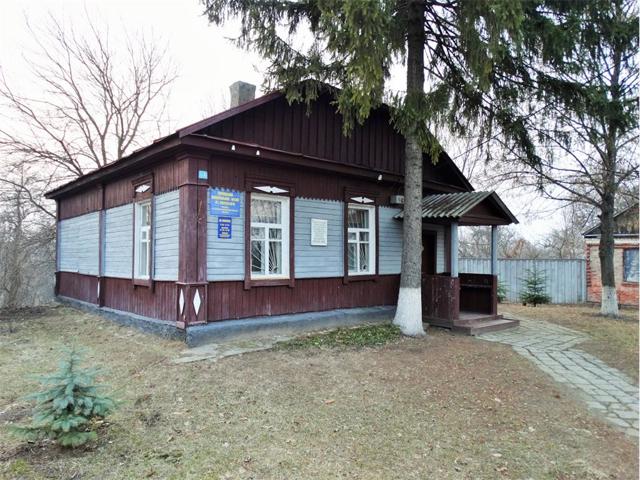
Mykola Kybalchych Memorial Museum
Museum / gallery
The memorial museum of the revolutionary-populist and inventor Mykola Kybalchych was opened in Korop in the house of the priest in which he was born in 1853.
Even in his youth, Kybalchych, who was fond of chemistry, became an underground revolutionary, working in the so-called "hell laboratories" where explosives were made. At the same time, he developed a diagram of the world's first jet aircraft, the drawing of which was scratched on the wall of a prison cell. In 1881, he was executed for an attempt to assassinate the Russian Tsar Oleksandr II.
A family of local artists - Olena Lukash and Mykola Hara-Zhuk - stood near the sources of the creation of the Kybalchych Museum in Korop. In particular, the museum exposition presents a model of the Kybalchych rocket.
Korop on photo and video
Reviews Korop
Geographical information about Korop
| {{itemKey}} | {{itemValue}} |
|---|---|
| Region |
Chernihiv |
